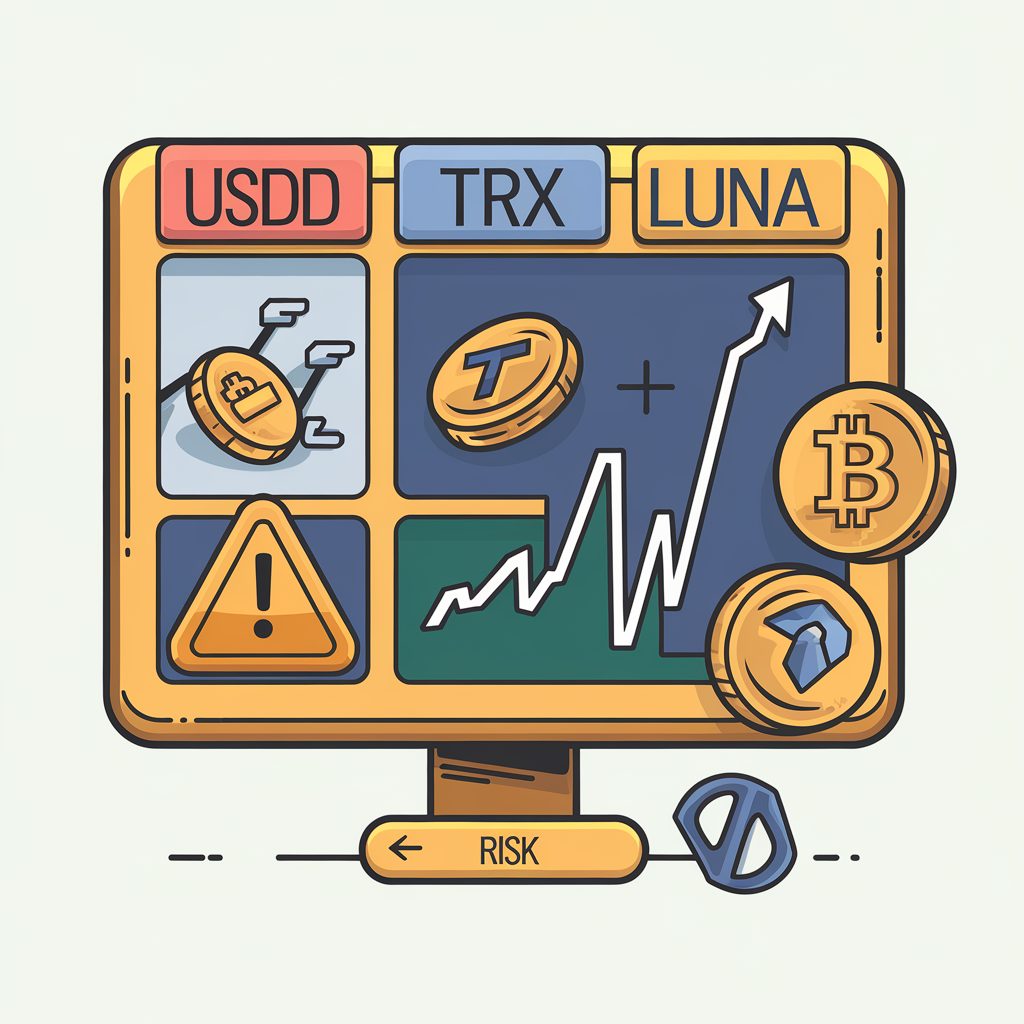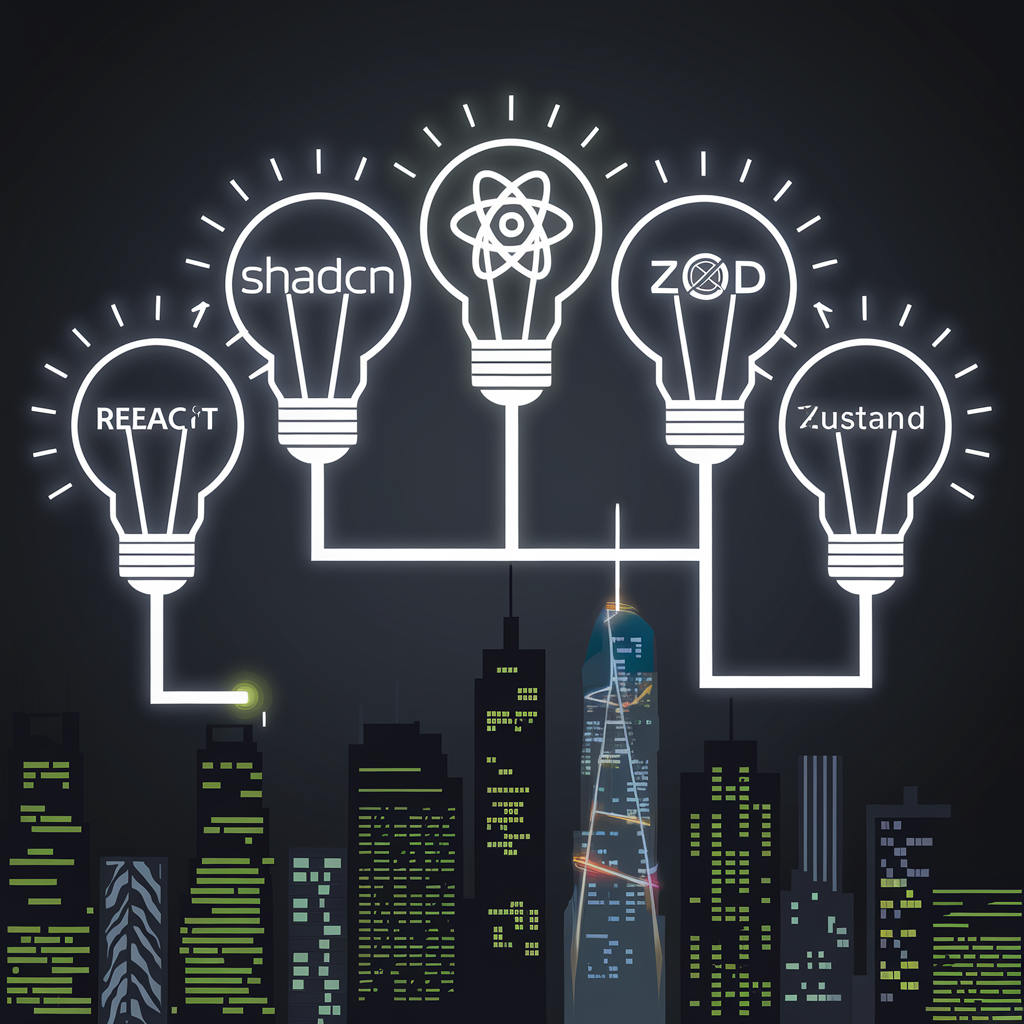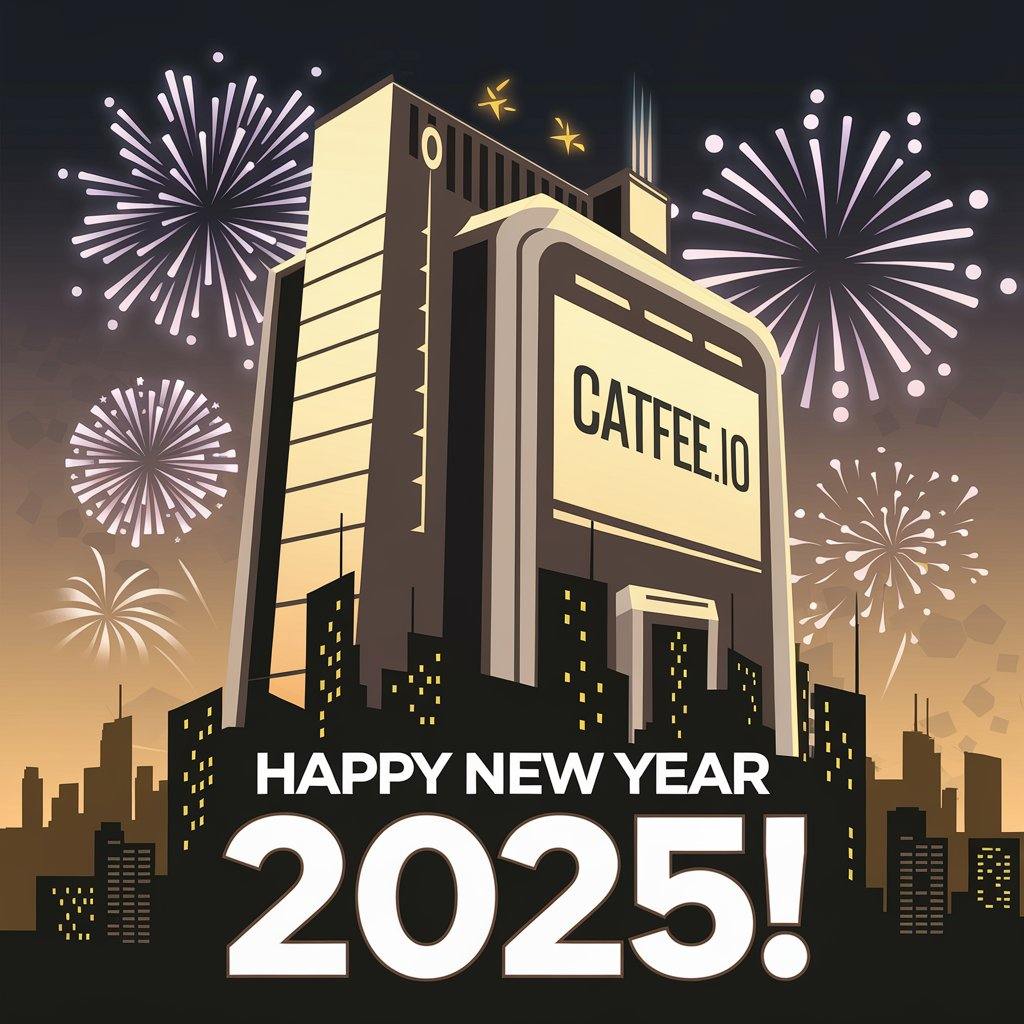Developing Web3 Applications: A Technical Guide for TRON
Introduction
With the rise of decentralized applications (dApps) and blockchain technology, Web3, as the core concept of the next-generation internet, is transforming the way we interact with the digital world. Web3 is not just a technological trend; it represents a new value system and economic model. As one of the leading public blockchains globally, TRON is providing essential infrastructure for the development of Web3.
In this technical blog, we will walk you through how to develop Web3 applications on TRON, covering key concepts, the development process, tools, and resources. This guide will help developers enter the TRON ecosystem and start building and deploying their own Web3 applications.
1. What is Web3 and TRON?
Introduction to Web3
Web3 refers to the decentralized internet, aiming to give users control over their data and identity through blockchain technology. In Web3, decentralized applications (dApps) replace traditional centralized applications. Web3 emphasizes trustlessness, decentralization, and direct interactions between users and applications via smart contracts and cryptocurrencies.
Introduction to TRON
TRON is a public blockchain designed to build a decentralized internet and storage infrastructure. It features a high-performance architecture that provides fast and low-cost transactions while supporting smart contract development. TRON is compatible with Ethereum’s smart contracts (ERC-20 and ERC-721), making it easy for developers to migrate or interoperate with applications on other blockchains.
With its high throughput and low transaction fees, TRON has attracted numerous dApp developers and is becoming a critical part of the Web3 ecosystem.
2. Developing Web3 Applications on TRON
To develop Web3 applications on TRON, you need to understand the following key concepts and tools:
(1) Smart Contracts
TRON allows developers to write smart contracts in Solidity, making it Ethereum-compatible. Smart contracts are self-executing code that automates transaction and data storage operations in a trustless manner.
How to Develop TRON Smart Contracts:
-
Solidity Programming: TRON supports Solidity-based smart contract development, fully compatible with Ethereum. You can use existing tools and libraries like Remix and Truffle to write and test TRON smart contracts.
-
Deploying Contracts: After writing a smart contract, you can deploy it to TRON’s mainnet or testnet using TRON’s deployment tools.
(2) TRC-20 and TRC-721 Standards
TRC-20 is the token standard on TRON, similar to Ethereum's ERC-20, which allows you to create transferable tokens. TRC-721 is the non-fungible token (NFT) standard, allowing you to create unique and trackable digital assets.
- TRC-20 Tokens: You can create your own token and perform transfers or other operations on the TRON network.
- TRC-721 NFTs: You can create and trade non-fungible digital assets like digital art, in-game items, etc., using TRC-721.
(3) Web3.js and TronLink Wallet
To interact with the TRON blockchain, you will need to use a JavaScript library like Web3.js (or TronWeb) to interface with the blockchain from a web browser.
TronWeb is similar to Web3.js and enables web developers to easily interact with the TRON blockchain, smart contracts, accounts, and transactions. With TronWeb, you can send transactions, query balances, and call smart contract functions.
TronLink Wallet is the primary wallet plugin in the TRON ecosystem, allowing users to easily connect to the TRON blockchain and manage TRX and TRC-20/721 tokens. As a Web3 developer, you can interact with users through TronLink wallet to send transactions, authorize operations, etc.
3. Core Features of TRON Blockchain
(1) High Throughput and Low Transaction Fees
TRON’s design optimizes for high throughput, allowing it to handle thousands of transactions per second (TPS). Compared to other blockchains like Ethereum, TRON offers lower transaction fees, making it an ideal choice for developing dApps.
(2) Efficient Resource Management Model
TRON has a resource model that includes Energy and Bandwidth, which are the core resources required to perform transactions and execute smart contracts. Users can acquire these resources by staking TRX or by directly purchasing energy through services like CatFee.IO.
- Energy: Used to pay for smart contract execution fees.
- Bandwidth: Used to pay for regular transfer transactions.
On TRON, users can adjust their resource usage based on their needs, ensuring a seamless transaction experience without worrying about network congestion or high fees.
(3) Cross-Chain Interoperability
TRON supports cross-chain interoperability, which means you can easily transfer assets between TRON and other blockchains. For example, through TRON's cross-chain bridge, users can move assets from Ethereum to TRON and vice versa.
4. Deploying TRON dApps
To deploy a TRON dApp, follow these basic steps:
(1) Develop Smart Contracts
Write smart contracts using Solidity or other supported programming languages, ensuring the functionality and security of the contract.
(2) Test the Contract
Test the contract on TRON’s testnet to ensure it performs as expected in a live environment.
(3) Interact with the Front-End
Use TronWeb to integrate TRON blockchain functionality into your web application, allowing you to interact with smart contracts, send transactions, and more.
(4) Deploy to Mainnet
Once testing is complete, deploy the contract to the TRON mainnet, and users can begin interacting with your dApp.
5. Advantages of Developing Web3 Apps on TRON
- Low Transaction Fees: TRON offers extremely low transaction fees and fast transaction confirmations, enabling developers to build Web3 applications efficiently.
- High Performance: TRON supports high throughput and fast transaction processing, ensuring the stability of dApps under high concurrency.
- Easy-to-use Development Tools: TRON provides a range of development tools and APIs to help developers quickly build applications.
- Large Ecosystem: TRON has an active community and ecosystem, allowing developers to easily integrate with decentralized finance (DeFi), NFTs, marketplaces, and more.
6. How to Optimize TRON Energy Management with CatFee.IO
When developing Web3 applications on TRON, transactions and smart contract executions require network resources, particularly energy. To ensure smooth transactions and contract executions, developers can purchase additional energy resources.
CatFee.IO provides an efficient and convenient energy purchasing service that allows developers to buy energy on the TRON blockchain as needed, avoiding transaction failures or performance bottlenecks due to resource shortages.
- Secure and Reliable: Energy purchased through CatFee.IO ensures that your transactions will not be impacted by network congestion or insufficient resources.
- Transparent Pricing: CatFee.IO offers transparent and fair pricing without fluctuations or hidden fees.
Conclusion
Web3 and TRON provide powerful and flexible technical support for developers building decentralized applications. By understanding TRON’s resource model, smart contracts, and related development tools, you can quickly create and deploy your Web3 applications. Partnering with CatFee.IO ensures that your dApp experiences stable, fast, and cost-efficient transactions on the TRON blockchain, giving users a better experience.
If you have any questions or need technical support, feel free to reach out to us. We’ll help you better understand and apply TRON’s technologies.

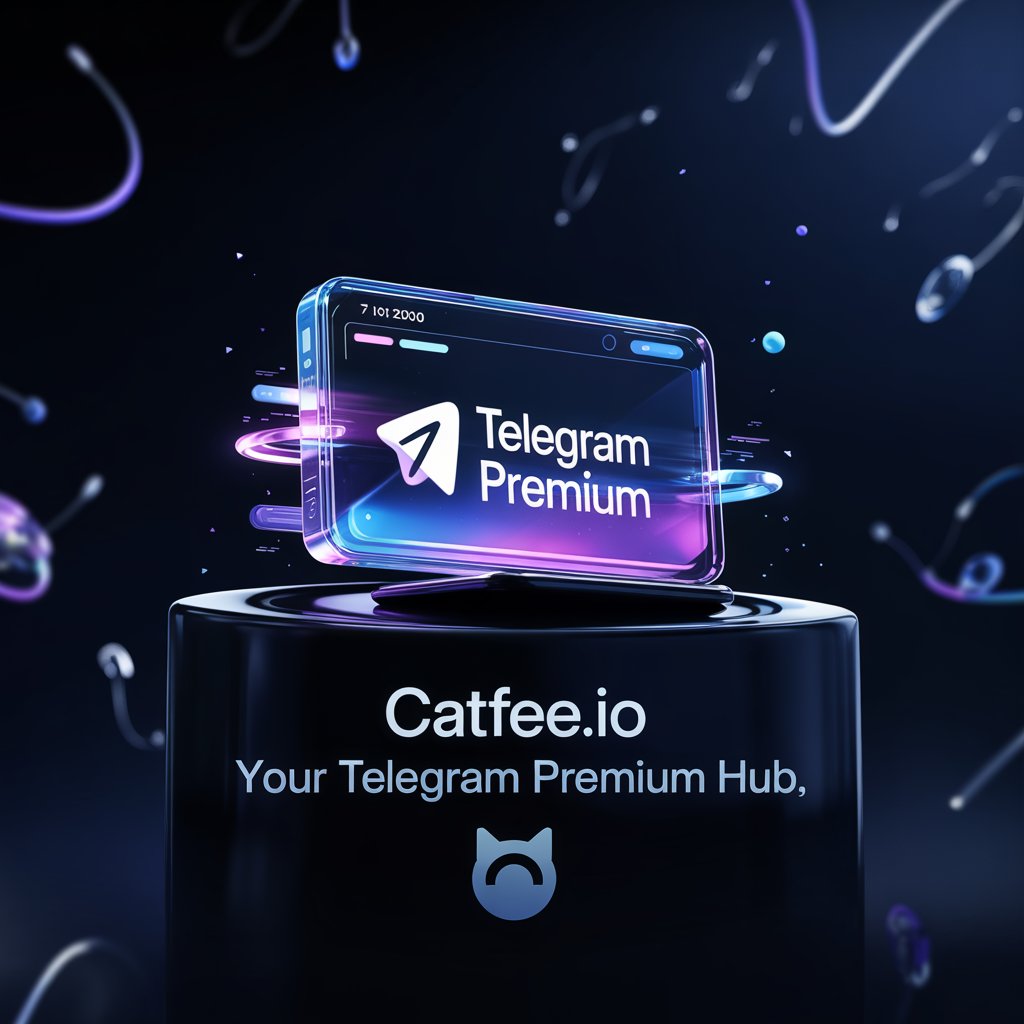

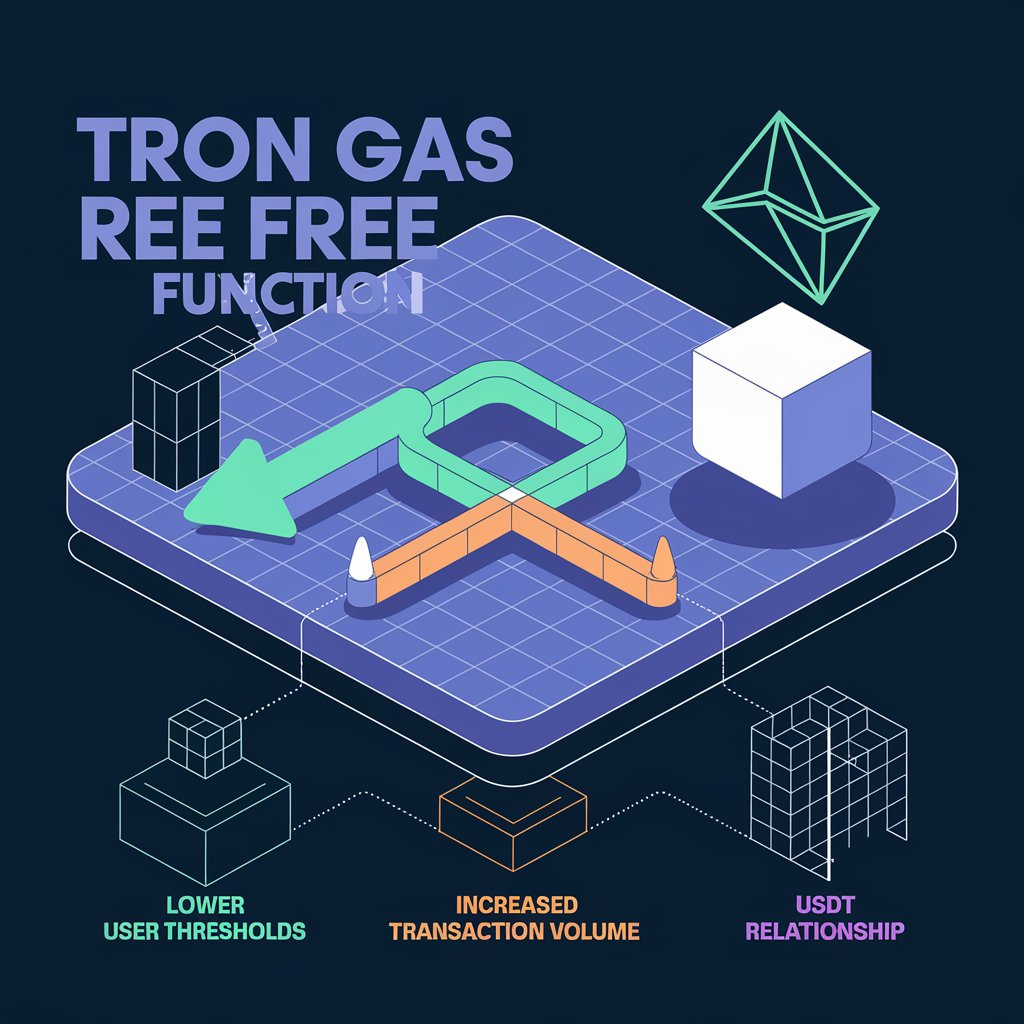
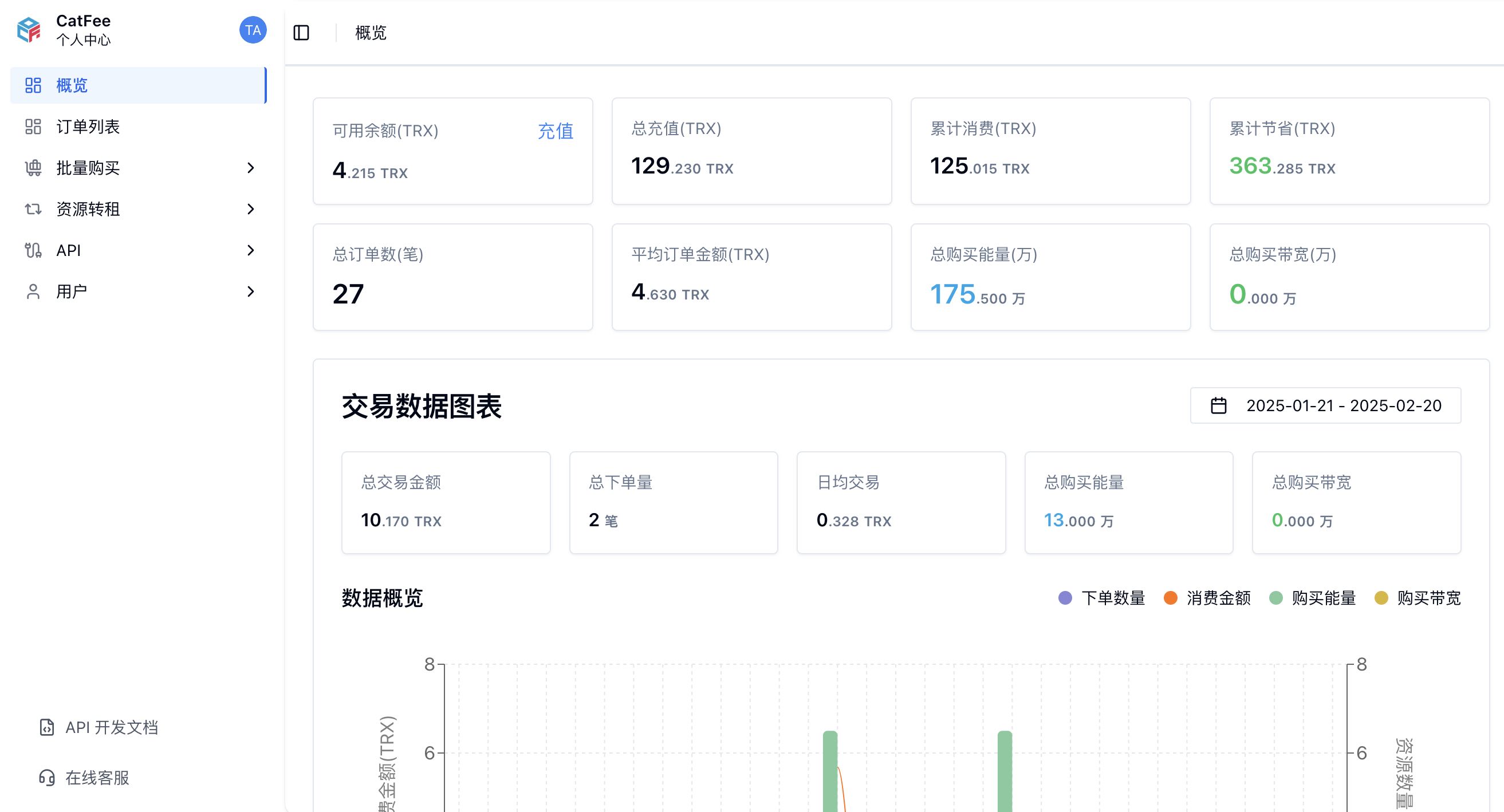 全新的账户概览页面为您提供全面的数据统计,让您随时了解自己的账户状况。页面清晰展示了以下内容:
全新的账户概览页面为您提供全面的数据统计,让您随时了解自己的账户状况。页面清晰展示了以下内容: